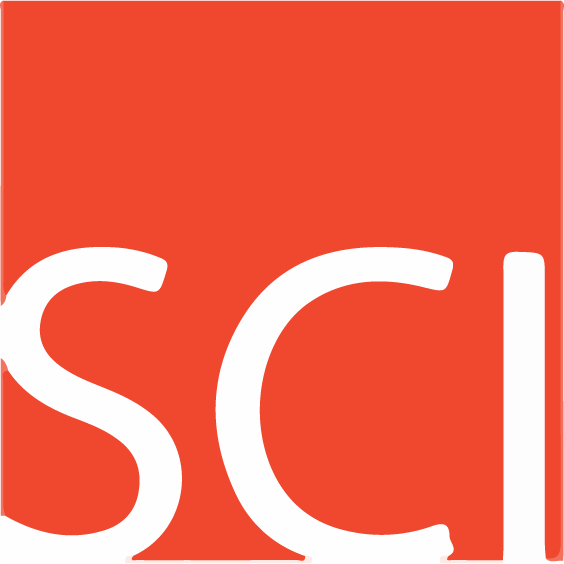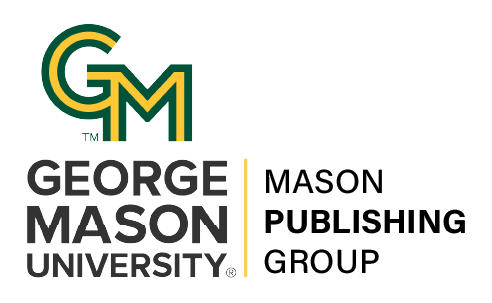Report from the "What Is Open?" Workgroup
DOI:
https://doi.org/10.13021/G8XK5RAbstract
The scholarly communityââ¬â¢s current definition of ââ¬Åopenââ¬Â captures only some of the attributes of openness that exist across different publishing models and content types. Open is not an end in itself, but a means for achieving the most effective dissemination of scholarship and research. We suggest that the different attributes of open exist along a broad spectrum and propose an alternative way of describing and evaluating openness based on four attributes: discoverable, accessible, reusable, and transparent. These four attributes of openness, taken together, form the draft ââ¬ÅDART Framework for Open Access.ââ¬Â This framework can be applied to both research artifacts as well as research processes. We welcome input from the broader scholarly community about this framework.
OSI2016 workgroup questionThere is a broad difference of opinion among the many stakeholders in scholarly publishing about how to precisely define open access publishing. Are ââ¬Åopen accessââ¬Â and ââ¬Åopen dataââ¬Â what we mean by open? Does ââ¬Åopenââ¬Â mean anything else? Does it mean ââ¬Åto make available,ââ¬Â or ââ¬Åto make freely available in a particular format?ââ¬Â Is a clearer definition needed (or maybe just better education on the current definition)? Why or why not? At present, some stakeholders see public access as being an acceptable stopping point in the move toward open access. Others see ââ¬Åopenââ¬Â as requiring free and immediate access with articles being available in CC-BY format. The range of opinions between these extremes is vast. How should these differences be decided? Who should decide? Is it possible to make binding recommendations (and how)? Is consensus necessary? What are the consequences of the lack of consensus?


